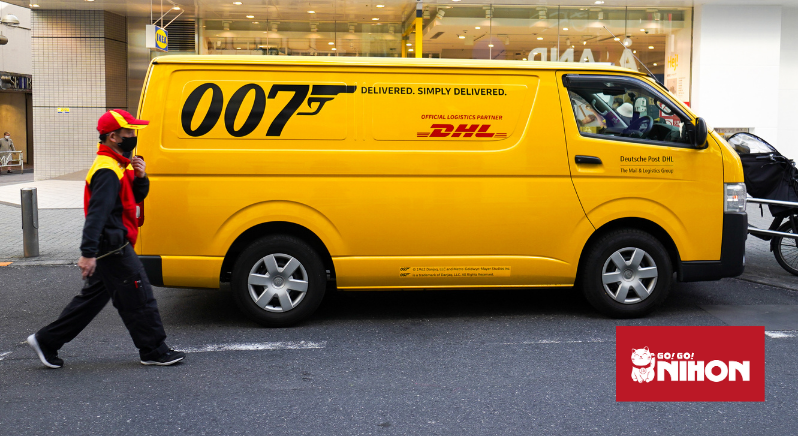You’ve moved to Japan, you’re having a great time but you’re missing home and have asked your friends and family to send you some treats to cheer yourself up. You need to get them prepared to send a parcel to Japan so we’ve put together a few pointers to make sure you get your treats in a timely fashion.
A lot of this is similar to sending a parcel to other countries, but there are a few things that can make a real difference in this country of rules and regulations.
What you can and can’t send
Firstly, think about what you can and can’t send and do your research. Every country has different prohibited items and Japan is no different. There’s a very useful guide on the Japanese customs website to help you before you pack things up. This is particularly important if you’re sending things in advance of moving to Japan. It’s an exciting but often stressful time and you don’t want to arrive and find out your possessions haven’t.
As well as Japan’s customs regulations, remember that the courier you are shipping with will often have a long list of items that you cannot ship with them as some items can be difficult to insure or transport without repercussions. This can often include live products including plants (so you can’t send your houseplants), certain food items (often no meats or animal products) and money or valuable items (it’s best to keep these on your person anyway).
As food is often one of the more common items that people like to send, the best rule of thumb to get your package through customs is to think logically and follow the same rules you have to adhere to when flying. Items that can go off easily such as fruit or meat are obviously going to be a no. Prepackaged items that keep the produce sealed and fresh tend to be a yes so you’ll be able to get your salt and vinegar crisps. Aerosol cans are also prohibited so unfortunately, you can’t get your canned cheese in.
Rules and regulations – be prepared
The next step is to make sure your parcel gets to where it’s supposed to. This is where the rules of packaging come in. If you’re sending delicate items or even items that could get squashed or broken then you need to wrap things properly. Make sure you use plenty of bubble wrap and newspaper or soft items around them. While the Japanese postal services are known for being careful and respecting your items, it’s likely that other countries it will travel through may care a little less.
Next is the paperwork. You will need to list the full contents of the box with value, this will be part of the forms you need to fill in when booking the shipment and this should guide you through it. Avoid using terms such as miscellaneous, even if you have a lot of small items. Group them together in clearer terms if possible. The value should be the cost of the item if you needed to replace it. This allows the Japanese customs officers to apply any relevant taxes and duties but will also mean that you can insure the shipment appropriately in case it goes missing or any items are damaged. If the total value of the parcel is less than 10,000 yen, no duties will be applied, so you might want to think about this while the parcel is being prepared.
Getting it to the right place
Finally, the address. While your Japanese writing skills may be coming along very nicely with all your language study, it’s unlikely your friends and family will be able to master the appropriate kanji. It’s okay though! You can either send them the full address in Japanese and they can print it out on a label or they can put it in Roman characters and it will still get through. It’s very important to get this correct though and make sure the building number and zip code are clear and complete as this will get it to the right place even if the rest isn’t very clear.
〒160-0023
東京都新宿西新宿3-10-5 サンライズビル
田中健太
Name: Mr. Kenta Yamada
Building name, number and district: Sunrise Bld., 3-10-5, Nishishinjuku,
Ward and prefecture: Shinjuku-ku, TOKYO,
Zip code and country: 160-0023 JAPAN
You are now good to go. If you’ve followed all these guidelines, your parcel should be flying across the world and on its way to Japan full of treats. Once you’ve tried it once, you’ll be getting care packages every month!
For more tips about life in Japan keep following our Go! Go! Nihon blog.














